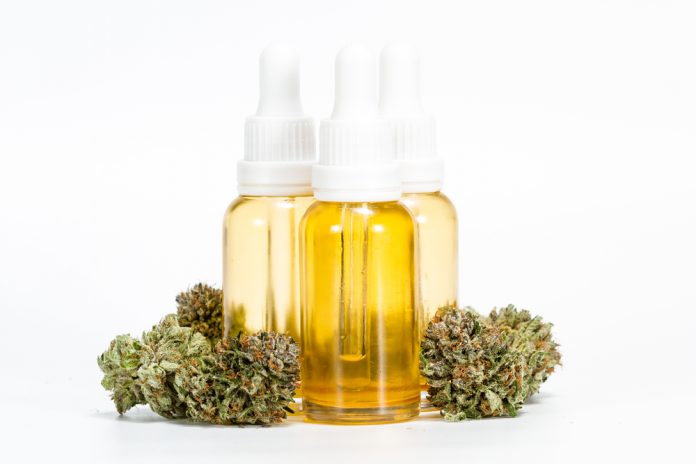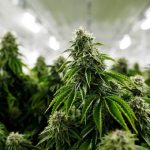
U.S May 26, 2020 (CANNABISBUSINESSTIMES) From equipment selection to best practices and safety considerations, here is what to consider when processing cannabis and hemp.
While THC and CBD come from the same plant, processing cannabis and processing hemp are two unique cases that require thoughtful consideration in the planning phase to execute each extraction procedure successfully.
The main differing factor between cannabis and hemp extraction is the throughput requirement. Generally speaking, hemp processors will have a much greater processing demand than cannabis processors.
From equipment selection to best practices and safety considerations, here is what to consider when processing cannabis and hemp.
Selecting the Right Equipment
Equipment selection will be dependent on specific goals and will differ marginally for each project.
Processing hemp/CBD requires ethanol-based extraction equipment, such as a centrifuge, as well as supporting solvent recovery equipment, such as a rising/falling film evaporator or a rotary evaporator.
CBD extraction also requires distillation equipment, such as a wiped film distillation unit or a short path apparatus, as well as crystallization equipment, such as a jacketed reactor and temperature control units.
Processing hemp may also require drying ovens and filtration equipment, depending on the desired finished products.
Cannabis/THC extraction is primarily a hydrocarbon-based process that uses a closed-loop system and residual solvent removal, such as vacuum drying ovens.
As with hemp/CBD extraction, processing cannabis requires distillation equipment, as well as post-processing equipment like glassware, a jacketed reactor, or a “diamond mine,” which again depends on the desired finished products.
Best Practices
Each extraction process has similar parameter considerations that must be determined when executing the primary extraction process. The three significant parameters are time, temperature, and pressure.
Time refers to the amount of time that the solvent is allowed to interface with the material. This is commonly referred to as the soak, dwell, or residence time.
Temperature refers to the temperature of the primary extraction solvent as it interfaces with the material. The material temperature is also essential, and the material should ideally be stored and prepared at a similar temperature to the extraction solvent to reduce the overall delta between the two inputs.
Pressure refers to the pressure acting on both the material and the solvent during the primary extraction phase. This can relate to the vapor pressure of the solvents of choice or, in some cases, an inert gas like nitrogen may be used to increase vessel pressure if desired.
Each of these three variables can be manipulated to achieve a desired outcome. Skilled operators can gauge which parameters need to be adjusted to meet their goals on the fly, based on the output quality.
Input quality is the single largest variable when it comes to output quality. The quality of your starting material will determine the theoretical maximum quality of your finished products in most cases.
In instances of compound isolation or refinement via distillation, this has less merit. However, when creating full-spectrum hemp products or live resin cannabis concentrates, input material quality plays the most considerable role of any single parameter when determining the quality of the finished product.
Safety & Compliance Considerations
The safety and compliance considerations that must be taken into account vary dramatically from solvent to solvent, which is one of the reasons that ethanol is preferred for large-scale processing operations in favor of hydrocarbon-based primary extraction systems.
Solvent volatility, flammability, operational pressure, maximum allowable storage quantities, and operating environment classifications all need to be carefully considered during the design and equipment selection phase of any compliant extraction lab project, regardless of scale or primary extraction method.






